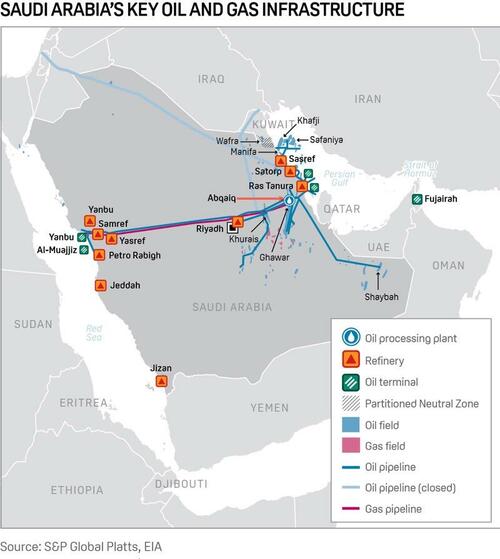On Friday evening, Israel Defense Forces launched three waves of fighter jets targeting high-value military assets in Iran. IDF officials described the operation as retaliation for “months of relentless attacks” orchestrated by the Islamic Revolutionary Guard Corps (IRGC) on Israel and regional allies. No videos or images of the Israeli strikes were published online, but as of Saturday evening, geospatial intelligence (GEOINT) data revealed a former nuclear weapons building and missile sites were targeted.
David Albright, a former UN weapons inspector, and Decker Eveleth, an associate research analyst at CNA, a Washington-based think tank, used commercial satellite imagery in separate assessments about the effectiveness of Israeli strikes.
They told Reuters that IDF fighter jets hit Iran’s Parchin military base with missiles and bombs. This site is where the International Atomic Energy Agency suspects IRGC to have previously performed tests of high explosives that could trigger a nuclear explosion.
Nearby Khojir military base was also hit by missiles and bombs. Some analysts believe an underground tunnel system and missile production site lie beneath this military base.
Eveleth pointed out that IDF’s strike may have “significantly hampered Iran’s ability to mass produce missiles,” adding satellite imagery data from commercial satellite firm Planet Labs showed IDF jets hit three ballistic missile solid fuel mixing buildings and a warehouse at Khojir.
Here’s more Reuters:
The buildings were enclosed by high dirt berms, according to the image reviewed by Reuters. Such structures are associated with missile production and are designed to stop a blast in one building from detonating combustible materials in nearby structures.
“Israel says they targeted buildings housing solid-fuel mixers,” Eveleth said. “These industrial mixers are hard to make and export-controlled. Iran imported many over the years at great expense, and will likely have a hard time replacing them.”
With a limited operation, he said, Israel may have struck a significant blow against Iran’s ability to mass-produce missiles and made it more difficult for any future Iranian missile attack to pierce Israel’s missile defenses.
“The strikes appear to be highly accurate,” he said.
On X, Eveleth posted satellite imagery of the damage at Khojir and Parchi…
@planet 3m imagery taken this morning of Khojir and Parchin missile production facilities show precise strikes on warehouses and mixing buildings associated with the production of solid-fueled ballistic missiles. pic.twitter.com/Qpodu4pN5m
— Decker Eveleth (@dex_eve) October 26, 2024
In our view, this is likely the first round of IDF strikes on Iran to paralyze the IRGC’s command and control center. The leaked US intel of IDF preparations indeed delayed the operation – and perhaps the leaker was trying to postpone the fireworks until after the US presidential elections. Additional strikes on Iran could potentially target IRGC’s financial network and ability to export crude to China.
In markets, the geopolitical risk premium for Brent crude has faded recently as US Secretary of State Antony Blinken runs around the Middle East to ensure World War III does not occur before the US presidential elections in early November.
But maybe after the elections… the fireworks fly. And this would mean Brent crude prices move much higher.
Before the IDF strike on Iran on Friday, the US offered a defense guarantee to Saudis.

This is likely because the Abqaiq refinery (the largest crude oil stabilization plant in the world) – is likely in the crosshairs of potential future IRGC missile and drone attacks.
Loading…











